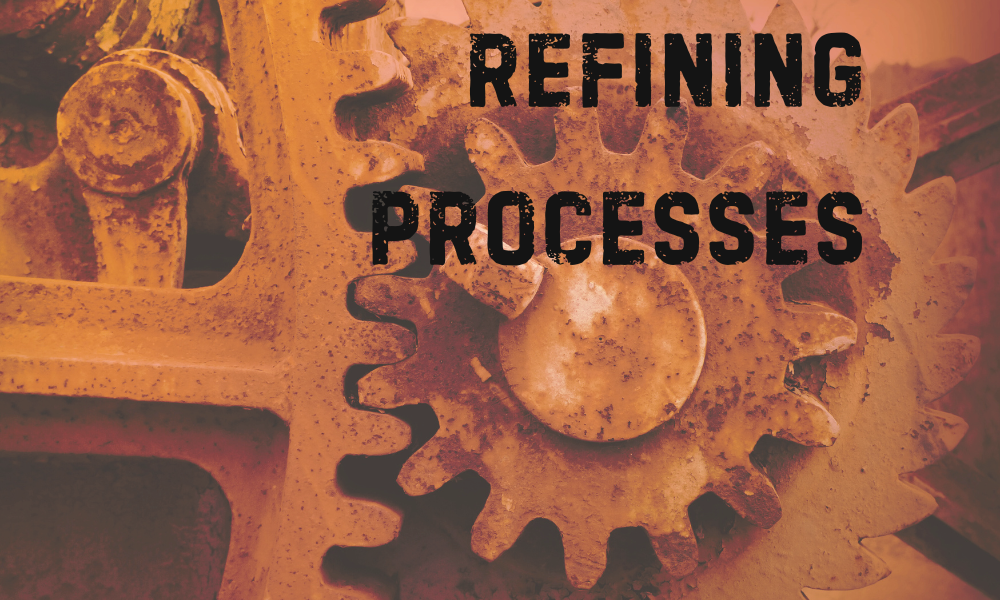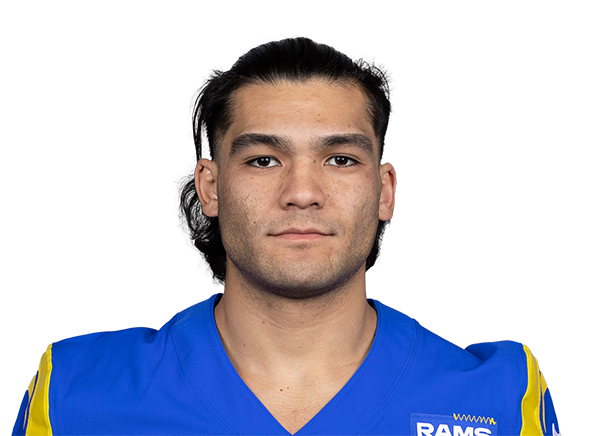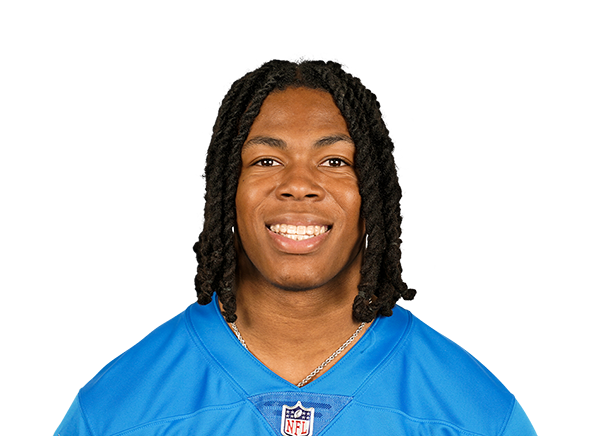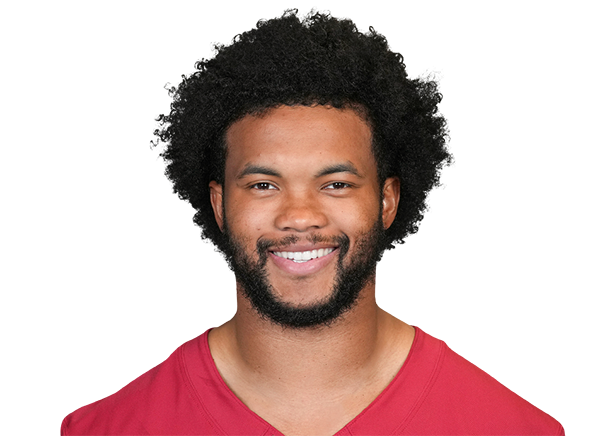Refining Processes: A Rule of Thumb for Valuing Players in Dynasty

Dynasty is a game of trial and error. There is no such thing as the “perfect strategy”. I can almost guarantee you will make mistakes. We are all relatively bad at this game we play, because predicting the future is hard. All we can really hope for is to be marginally better than our league mates when it comes to making decisions. This Refining Processes series is aimed at improving our decision-making processes through experimentation. Some avenues we explore may be completely fruitless, while others may yield useful results. Regardless of the outcome, there will still be many valuable lessons to learn along the way. It’s all part of the journey to becoming a better dynasty manager.
What Is The Target?
Something that has bothered me for a while about trying to predict future results in fantasy is that the target for what we are trying to predict is not completely clear.
Sure, rookie prospect models can be trained to predict points per game in a player’s first three seasons, but is that really the best goal?
Any expert will tell you that player production is nuanced. There are many situational factors that can hamper or bolster a player’s production and opportunities. Admittedly some are more affected by this than others. These external influences can cause significant year-to-year swings in production, often in unpredictable ways
Simply predicting fantasy production alone may not be enough. Many players possess the talent to become league winners, but only a select few actually do. A more effective approach may be to break production down into its individual components and predict those instead. Dwain McFarland shares his top-down approach to projecting here where he focuses on the individual components, predicting team pass volume, player opportunity, and efficiency. Rather than blindly projecting total production, his method emphasizes the path a player takes to get there.
So, this is it, right? All you have to do is focus on the path to production and accurately predict each component involved — not quite.
The Problem With Projections In Dynasty
A few issues come to mind when poking holes in the projection model. For starters, predicting how players perform over multiple years is notoriously unreliable. A quick comparison of fantasy rankings from two to three years ago to last season highlights how much can change from year to year.
Projections unfortunately tend to be too rigid. Even with a strong process, they often fail to account for the full range of outcomes. And even if you were to attempt to project a range of outcomes, you may find that task to be particularly difficult and that players will still perform outside of the range you set. If you adjust by setting an exceedingly large range for players, you have to deal with the trade-off of lacking in precision. I think this would almost be to the point where your range of outcomes projection is rendered useless.
Lastly, projections are oftentimes overly reliant on our understanding of player situations. As mentioned earlier, production is in large part due to the situation, so it seems reasonable to factor the situation into our assessments. However, I believe there is too much lack of information to do so accurately. We are not in the team buildings, nor do we get a chance to sit in on the team meetings. Teams themselves likely could not even tell you with much certainty how any given game will go.
A Useful Rule of Thumb
A heuristic (otherwise known as a rule of thumb) that I have heard countless times within the dynasty space is “situations change faster than talent”. This rule of thumb indicates that dynasty managers should focus on investing in talented players rather than the situation they are currently in. This allows you to take advantage of others’ overconfidence in situation assessments as well as avoiding the pitfalls of overvaluing situation analysis yourself. It seems talent is what we should be aiming to predict, because that is the one factor we can rely upon to not change as much on a year-to-year basis.
Identifying Talent
There are many approaches to identifying talent. Some people watch film, while others analyze different data points to form their opinions. Practically every method of talent evaluation is valid — there is no single right or wrong way to do it. The key is to track your evaluations over time, reflect on them, and continuously improve.
With this method, you should theoretically become an expert in your specific field of talent evaluation, and hopefully that leads to more positive outcomes more often than not for your fantasy teams.
Where To Start
The easiest way to develop a better understanding of player talent is to consume fantasy content! (Trust me, I’m not biased at all and would absolutely not benefit from more people doing this.)
More specifically, focus on analysts who specialize in evaluating a player’s underlying ability or skill. For me, that means relying on those who watch film, but for others, it might mean listening to a data-driven breakdown.
Another option is to have conversations with other football fans about their perceptions of player talent. In my experience, it’s quite rare to hear a take that completely changes how I view a player, but when it does happen, it is often because they point out something I hadn’t considered before, which can be very useful.
For those feeling ambitious, you could do your own film breakdowns and analytical modeling to evaluate player talent. I’m not entirely convinced that this is an efficient use of time just yet, but if you enjoy it, then it’s absolutely worth spending time on. After all, this is a hobby, and if it enhances the experience, go for it. Plus, if you track your work over time you might find that it becomes useful in ways you didn’t expect.
Keys to Success
No matter how you identify talent, making a concerted effort to do so will hopefully give you an edge over most in your league. As you begin this talent evaluation journey, tracking your thoughts is crucial. This practice allows you to learn and improve over time. Even if your process doesn’t always get the results you want right away, staying committed and making adjustments along the way should lead to future success.
- Refining Processes: Quantifying Subjectivity - April 3, 2025
- 1QB Dynasty Rankings Explained: Connor LaPlante - March 21, 2025
- Refining Processes: A Rule of Thumb for Valuing Players in Dynasty - February 28, 2025

































































